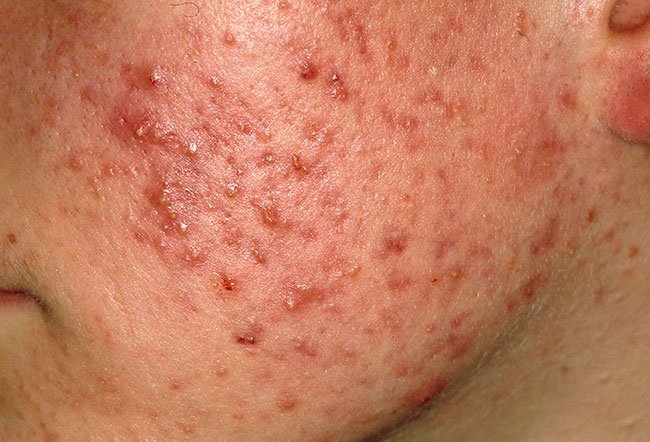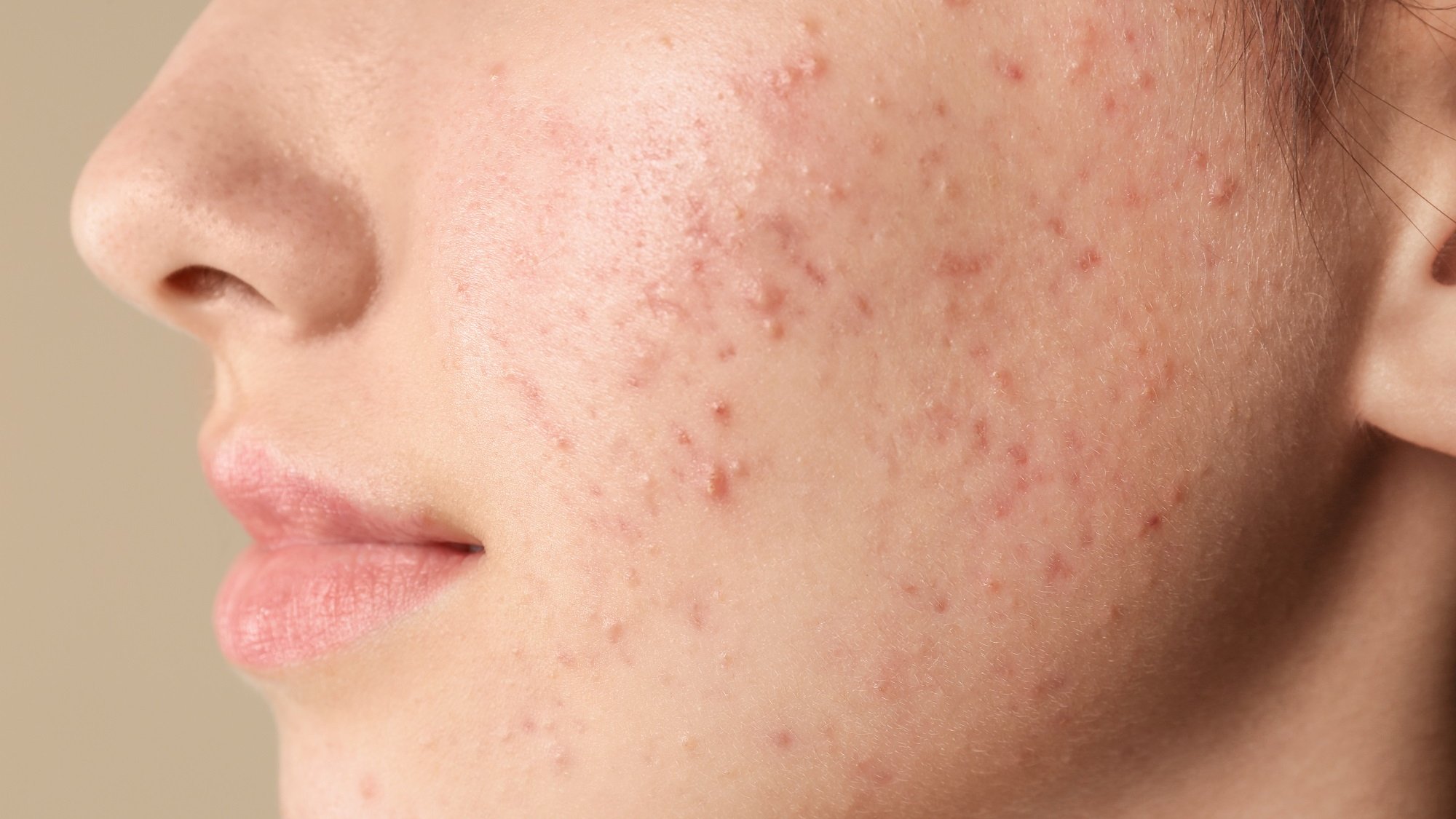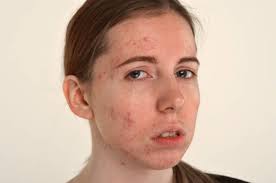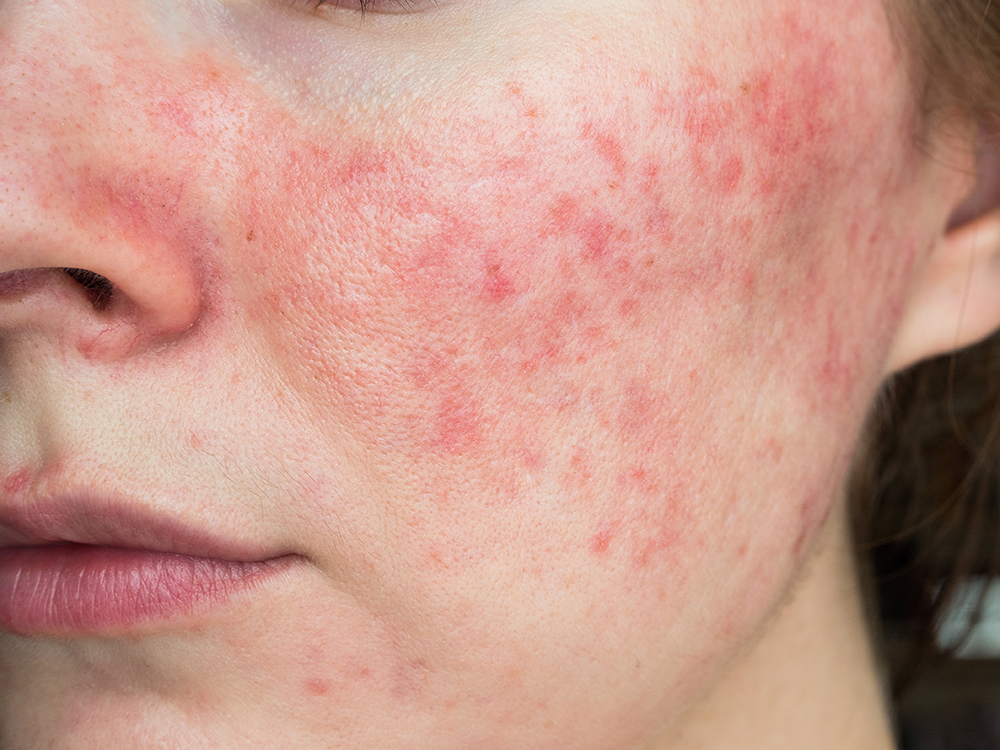Mark, Blemish, Discoloration, Spots, Acne scars, Scars, Pustules
What are pustules?
Pustules are small bumps on the skin that contain fluid or pus. They usually appear as white bumps surrounded by red skin. These bumps look very similar to pimples, but they can grow quite big.
Pustules may develop on any part of the body. They may be found in clusters on the same area of the body.
Symptoms
Pustules are easy to identify. They appear as small bumps on the surface of your skin. The bumps are usually white or red with white in the center. They may be painful to the touch, and the skin around the bump may be red and inflamed.
Common locations for pustules:
- Shoulders
- Chest
- Back
- Face
- Neck
- Underarms
- Pubic area
- Hairline
Small pustules can heal on their own over time without any intervention, but treatments and home remedies can speed up this process.
People should try to keep the skin around the pustules clean and free of oil. They can do this by washing the area with warm water and mild soap twice a day.
Causes
- Pustules may form when your skin becomes inflamed as a result of an allergic reaction to food, environmental allergens, or poisonous insect bites
- However, the most common cause of pustules is acne. Acne develops when the pores of your skin become clogged with oil and dead skin cells
Home Remedies to treat Pustules
Remedy- 1: Aloe vera
Materials: Aloe vera, Honey

Procedure:
- Prepare a mask by combining 2 tablespoons of honey, 1 tablespoon of aloe vera gel and 1/4th tablespoon of cinnamon powder
- Apply the mask evenly on the face and let it work its magic for 5-10 minutes. Then, rinse it thoroughly and repeat once a day for effective results
Product link: Aloe Vera
Remedy- 2: Tomato Juice
Materials: Tomato
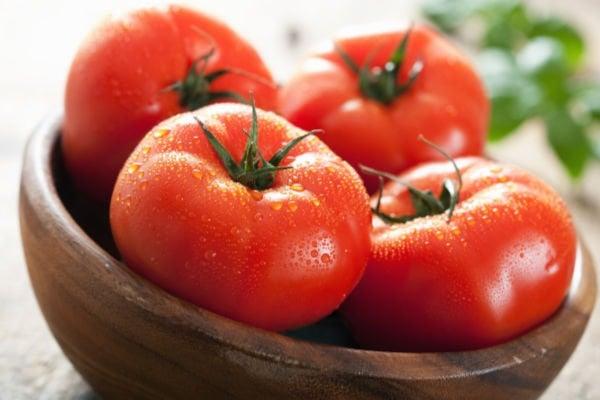
Procedure:
- Take out the juice from one tomato and massage your skin with it
- Let it dry on the face, and then wash it off. Try out this remedy for 15 days to notice visible results
These juicy red veggies are loaded with vitamin C, vitamin K, iron and potassium. In addition to this, tomatoes contain several carotenoids that are rich in antioxidants. These carotenoids are natural astringents, which help to open up pores on the skin. Therefore, it makes sense to use them to remove blemishes on the face.
Product link: Tomato
Remedy- 3:
Materials: Eggs
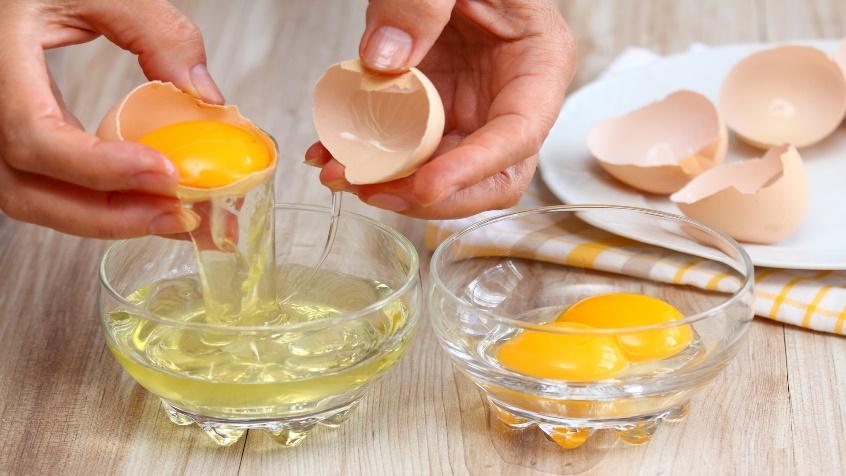
A rich source of protein, egg whites are an excellent remedy to remove blemishes from the face. The proteins and amino acids in it flush out acne-causing bacteria from the skin, preventing blemishes.
Procedure:
- Separate egg whites from the yolk
- Apply it on your blemishes using a brush and let it dry
- Once it is completely dry, rinse it with cold water. Try this 1-2 times a week for fading blemishes
Product Link: Organic Eggs
Tip: The leftover yolk can be used as a hair mask. Do not throw it away! Using it as a hair mask will give you shiny and bouncy hair.
Other Remedies
- Holding a cube of ice on acne before bed should visibly decrease the inflammation and swelling. It may also reduce the chances of scarring after your skin has cleared up.
- Clay masks: A mask that contains natural clays can draw oil and dirt from the skin, reducing the incidence of pimples.
- Apple cider vinegar: The acetic acid in apple cider vinegar kills off bacteria (antibacterial). If you have sensitive skin, apple cider vinegar can cause dryness and irritation, so it’s a good idea to mix it with an equal amount of water. Apply a small amount of the mixture to a cotton applicator and rub it on your papules.
- Green tea: Wet green tea leaves have anti-inflammatory properties and can help reduce oil production in your skin. Mix dry green tea leaves with water and massage the wet leaves onto your papules in small, circular motions for up to 30 seconds. Rinse your face with water when you’re finished.
- Honey: Honey contains an enzyme called catalase, which relieves minor inflammation. Apply enough unprocessed honey to cover your papules lightly. To avoid accidentally causing a sticky mess, you can also put a bandage on top of your honey-covered papules.
- Lemon juice: The citric acid in lemon juice is antibacterial. Apply a small amount of lemon juice to a cotton applicator and rub it on your papules. Lemon juice may cause stinging or further irritation if you have sensitive skin, especially when exposed to the sun.
- Tea tree oil: Tea tree oil can prevent or stop the growth of bacteria. Apply a small amount of tea tree oil to a cotton applicator and rub it on your papules.
- Essential oils: Diluting and applying essential oils with anti-inflammatory properties, such as tea tree oil or rosemary oil, to the affected areas may reduce the pain and inflammation of pimples.
- Papaya
- Baking soda
- Cocoa butter
Preventions
- People can often prevent pustules by cleaning the areas of skin that are prone to pimples and keeping them oil free. Cleaning should occur at least twice a day and include a mild soap.
- It is best to avoid using products that contain oils. These products include many types of moisturizers and some sunscreens. The oil can clog the pores and cause pustules to form.

